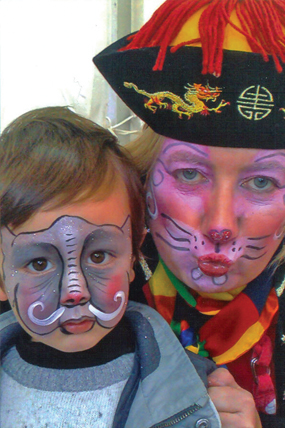
Dublin City Council has enlisted the aid of axis: Ballymun, an arts and community resource centre, to develop that aspect of their new strategy in the Docklands, Ringsend and Irishtown areas.
As DCC prepares to issue a new long-term plan for continuing the development of Dublin’s Docklands and adjacent areas, axis: Ballymun representatives have been tapped to liaise with Ringsend and Irishtown Community Centre and the Sean O’Casey Centre in East Wall in order to perform an “audit” of community based arts projects.
Emma Conners, the designated liaison from axis, detailed her involvement. “I’m here on behalf of the DCC seeking a richer picture than just a report. Now that the previous Docklands Arts Parity is winding down and a new draft policy is being prepared, the emphasis is shifting. The previous mandate was for encouraging tourism, now the emphasis is on encouraging internal links within the communities.”
Ruadhán Mac Aodháin, Outreach Officer for the Ringsend Community Services Forum, emphasised the interest in “trying to mirror what’s being done in Ballymun.” The axis is regarded as an excellent example in how to balance cultural and community resources on one site – the centre features a crèche, a café, a theatre and a range of versatile spaces that can be put to many purposes.
Ruadhán continued, “Ringsend has a lot of facilities but seems to have comparatively little cultural events, so this meeting is for conducting an audit, seeing what’s missing. That’s fairly critical because we know the [necessary] infrastructure is all there,” he explained, referring to resources such as the RICC and Clanna Gael GAA Club.
Emma stressed that the success of the axis is uniquely related to the requirements of the Ballymun area and that the Docklands regions will have their own distinct requirements, which are what she hoped to help in discovering.
A general consensus emerged quickly in the meeting that the community emphasis in Ringsend and Irishtown veered towards sport as a collective local passion, compared to the centrality of theatre and the arts in Ballymun. As such, the artistic groups on both sides of the river seemed to lack co-ordination. Cecil Smith, who is currently helping RICC develop its nascent RICC Radio programme, spoke about the requirements of bringing the unit up to speed, for the purposes of facilitating community awareness. He also indicated the possibility of promoting activities such as live streaming coverage of local events like the May Day Parade or the Regatta.
Maggie Biggs, pictured above, a seasoned community arts participant who recently drafted a treasure hunt for the forthcoming Gathering 2013, stressed the need for youth involvement. “The kids are always eager, in my experience, but if there are no obvious avenues of learning, they’ll be discouraged,” she said and also indicated that she had amassed a large archive of photos and material over her years of community arts involvement which could generate interest as local history.
Local writer Kate Mulholland and visual artist Sheryl McElwee suggested the development of graphic design resources to reach young men who might otherwise prefer sports. They cited the popularity of street-art and graffiti and the overlap between those arts and urban athletic pursuits like Parkour and the sports showcased at the Kings of Concrete expo.
The meeting concluded with a sense that co-ordination was the key theme that recurred with each person’s contribution.
By Ruairi Conneely

